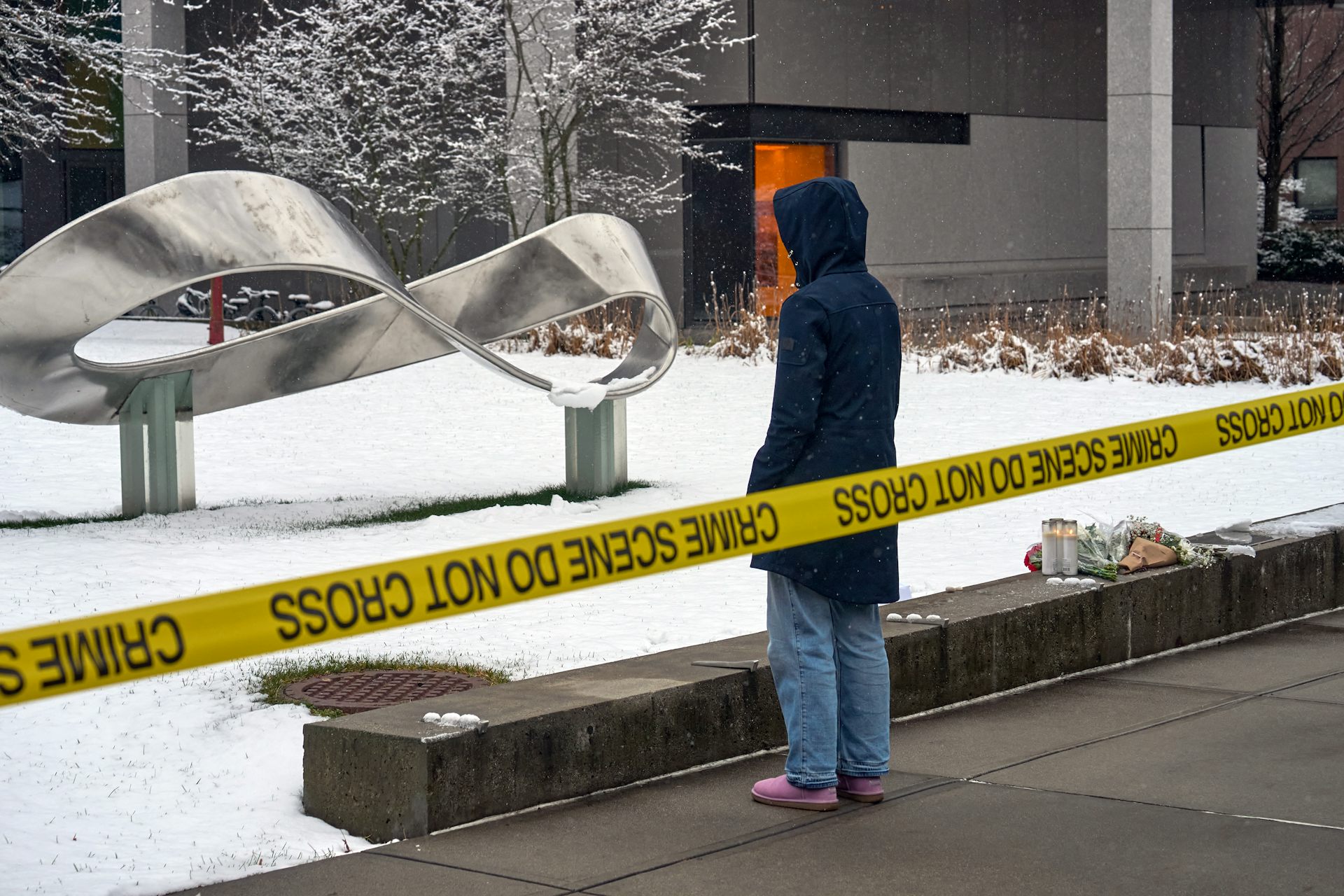Teacher turnover is a problem – here's how to fix it
About 16 percent of all teachers change schools or leave teaching. Often, these changes occur in the middle of the school year, which causes significant setbacks in learning, researchers say.

Each school year, a good portion of parents find out that their child’s teacher is leaving for a job at another school or a different kind of job all together. An average of 16 percent of public school teachers change schools or leave teaching every year. This is over half a million teachers nationwide.
Welcome to the world of teacher turnover – a problem that can potentially set a child’s learning experience back significantly. Teacher turnover is one of the more disruptive things that I’ve discovered in my research on education policy and school improvement.
A forthcoming study that I conducted with Vanderbilt education professor Gary Henry shows that losing a teacher during the school year is linked with a loss of between 32 and 72 instructional days. That’s anywhere from one-sixth to close to half of the entire school year. The reason teacher turnover is associated with such a heavy loss of instructional time is largely a result of the disruption it causes students and other school staff.
Bigger impact on the poor
Teacher turnover hits high-poverty schools – where students already have the fewest resources – the hardest. Teachers are nearly twice as likely to exit high-poverty schools compared to the most affluent schools. With high annual turnover, children from low-income families are most likely to be taught by a novice teacher.
In another study, Henry and I draw on data from North Carolina to show that by the end of teachers’ third year, 62 percent of teachers have left the school in which they began their career. Some of these teachers changed schools. Others left teaching altogether. Although our study does not identify whether or not teachers were reassigned, fired or their contracts not renewed, other research suggests that approximately 10 percent of teacher turnover is involuntary. Notably, an average of 6 percent of early career teachers leave their jobs during the school year. In addition, new teachers are much more likely to be reassigned, quit or be fired from high-minority schools.
The rates of teacher turnover are concerning for three main reasons.
1. Disruptions to learning
When a teacher leaves a school midyear, it disrupts the continuity of a child’s learning experience. Turnover also severs the relationships formed between teachers and their students, as well as the parents and guardians. As a result, the child’s academic support system is weakened, a problem that may be more detrimental for students living in poverty who have fewer supports to begin with.
2. Impacts school environment
High levels of teacher turnover can also make it difficult for schools to create a school climate conducive to student learning because institutional knowledge about students, the curriculum and school programs is lost when teachers leave a school.
3. Staffing issues
Teacher turnover limits school and district administrators’ capacity to staff all schools with qualified teachers because recruiting qualified replacement teachers can be both time-consuming and costly for school systems. When large shares of beginning teachers leave teaching, their replacements are often themselves new to the job. In our study of beginning teacher turnover, 33 percent of teachers leave teaching within their first three years. Such high rates of exit from teaching are particularly concerning in light of ongoing concerns over teacher shortages in districts throughout the country.
Root causes of turnover
Teacher turnover has long been elevated in high-poverty schools. An emerging consensus points to the critical role that school working conditions play in teachers’ decision to remain in the school or not. Our study and others suggest a supportive principal is key in creating a positive working environment where students and teachers can thrive.
It also matters why a teacher entered the classroom in the first place. In our research on beginning teachers, we argue that those who become teachers through alternative certification programs often have less of an attachment to teaching as a long-term career as teachers prepared through traditional university-based programs. We show that 23 percent of traditionally prepared teachers leave teaching by the end of their third year compared to 45 percent of alternatively certified teachers.
How to reduce turnover
From their first day on the job, new teachers must adjust to the demands of the classroom. Lesson planning, classroom management and the development of a repertoire of instructional strategies all serve to tax the enthusiasm of beginning teachers.
Historically, beginning teachers have been expected to “sink or swim” without much external support. In recent years, this pattern seems to be changing, with eight out of 10 new teachers participating in induction programs and being assigned a mentor. Our results suggest that supporting teachers in their first few years in teaching – either through mentoring or support from their principal – might reduce the rate at which they leave teaching, including during the school year.

Supportive principals can also work to improve new teachers’ classroom practice. Typically, teachers only receive brief, often informal observations with little usable feedback for improving instruction. But research suggests principals who spend time evaluating and coaching teachers see larger achievement gains in their schools. I believe these efforts can help reduce turnover among beginning teachers and ensure that those teachers who do stay in the profession are supported to make the greatest impact possible. When fewer teachers leave their school, it has the potential to preserve students’ relationship with their teacher and the continuity of their learning experience.
Christopher Redding does not work for, consult, own shares in or receive funding from any company or organization that would benefit from this article, and has disclosed no relevant affiliations beyond their academic appointment.
Read These Next
The US already faces a health care workforce shortage – immigration policy could make it worse
About 1 in 4 doctors practicing in the US were born abroad.
Supreme Court case about ‘crisis pregnancy centers’ highlights debate over truthful advertising stan
There are some 2,500 of these centers across the United States. Many are located within a mile of an…
Rising electricity prices and an aging grid challenge the nation as data centers demand more power
Energy projects are expensive and take a long time to build. Where to build them is often also a difficult,…





